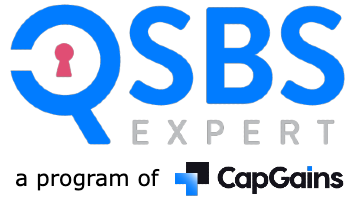An investor who meets the requirements of an “accredited investor” under Rule 501 of Regulation D by the Securities and Exchange Commission (SEC) is legally allowed to invest in venture capital funds, hedge funds, debt securities, or private equity. On August 26, 2020, there were amendments to the definition of an accredited investor that allows more individuals to have a taste of the private equity pie. The requirements to be considered an accredited investor are below.
Single Individuals
- Either $1 million in net worth not including residents or,
- have made a salary of $200k in each of the last two years or,
- holders in good standing of the Series 7, Series 65, and Series 82 licenses as qualifying natural persons, or
- “knowledgeable employees” of the investment fund being invested in
Married Individuals (filing jointly)
- Either $1 million in net worth not including residents or,
- have made a salary of $300k in each of the last two years, or
- holders in good standing of the Series 7, Series 65, and Series 82 licenses as qualifying natural persons, or
- “knowledgeable employees” of the investment fund being invested in
Entity (business)
- Assets of $5 million or greater
- Private Business Development Company
- State-registered investment advisers
- Exempt reporting advisers
- Rural business investment companies (RBICs)
For individuals, if the monetary requirements are not met it is still possible to qualify as an accredited investor by demonstrating relevant professional knowledge private/unregistered securities through education or job experience.
This article does not constitute legal or tax advice. Please consult with your legal or tax advisor with respect to your particular circumstance.
